Water filters have become almost indispensable today. They can be found on our sinks, in our cellars or under the sink in the form of osmosis units or water softeners.
But they can also be found in our kitchen with the filtering carafe, the water dispenser or on hiking in a filtering water bottle. Let's see why they are so popular.
Contents
What is the point of filtering tap water?
- Good reasons to filter and purify tap water
- Let's get tough on false information
- And is dynamising tap water useful?The water filter in BRITA carafes
- The charcoal filter
- The ion exchangerThe water filter in Coolmart water dispensers
- The Coolmart charcoal filter
- The ceramic filter of Coolmart
- Coolmart antibacterial basketWater filters in BRITA water bottles
The binchotan activated charcoal water filter
The ceramic bead water filter
Antibacterial and antivirus water filters
The under-sink filter
The water softener
Why and how to dynamize water
1. What is the point of filtering tap water?
In our countries, such as Belgium, France and the Netherlands, the water is of course potable. It is carefully controlled and its potability is guaranteed by the authorities and the private or regional companies commissioned to distribute it.
But we will all have noticed that tap water does not taste the same everywhere and especially does not always taste good and sometimes even smell bad! This taste or smell comes from the chemicals in the water.
- These are good reasons to filter and purify tap water:
Get rid of various chemicals that give a particular taste or that you don't want to ingest
Reduce its lime and magnesium content (this is called softening the water), to reduce inconveniences such as solid whitish deposits on surfaces, or skin intolerances for the most sensitive among us.
.jpeg?access_token=724a4fb0-5097-4535-9197-3a2b8b735528)
.jpg?access_token=93ec7cb0-c537-49dd-ac96-b913597d23bc)
- Let's get tough on false information
One can also read here and there that "tap water is dead" and that it is very useful and advisable to "revitalise the water". Don't be influenced by these comments, which are totally lacking in scientific basis. We will come back to this later.
It is worth repeating: tap water is safe to drink. And it costs 100 to 300 times less than bottled water, not to mention the carbon impact of drinking bottled water.
The water we consume is never pure in the strict sense. Neither tap water nor the "best" bottled water. Really pure water, i.e. demineralised water, is not good for your health.
Indeed, our body needs sodium for hydration, calcium for coagulation for example, magnesium for the transmission of nerve impulses and muscle contraction...
Worse: drinking demineralised water can lead to a depletion of these water-soluble minerals in the body, which would be dangerous for your health!
However, traces of nitrates, pesticides, medicines and heavy metals such as lead can also be found in tap water.
The concentrations are so low that the water is still considered fit for consumption. It is up to each of us to carry out additional filtration in this case.
So the purpose of drinking water filtration or purification is to reduce the content of certain chemical substances in drinking water.
Common systems use different filters, each with its own mode of operation and efficiency for each substance to be removed or reduced. We list them below.
- And is revitalising tap water useful?
This is a good question! Claims that the structure of water, or "water clusters", is "natural" and has many benefits for the body and health, and that it emits positive waves that promote life and harmonious development, are unfortunately unfounded.
We give more details at the end of this article. So, is there any point in "dynamising" tap water? Not at all... So when choosing a purification system, make an informed choice.
Let us now turn to the different filters available on the market and explain their use.
2. Water filters in BRITA jugs
The BRITA carafes contain a tap water filter that can filter up to 100L of water before needing to be changed.
This filter contains coconut charcoal in small black balls and an ion exchanger for limescale in small white balls.
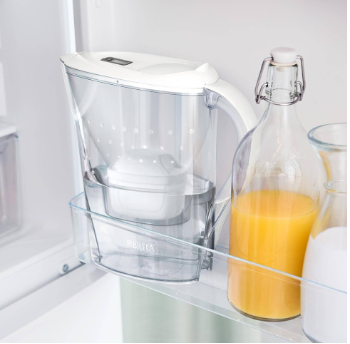
- The charcoal filter
- The ion exchanger
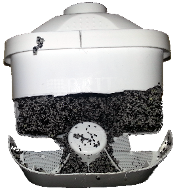
3. Water filters in Coolmart water dispensers.
Coolmart water dispensers contain 3 different filters: an antibacterial basket and, as in the BRITA jug, a charcoal filter and a ceramic filter.
The anti-bacterial basket provides better water quality in case of bad weather with water contamination.
- The Coolmart charcoal filter
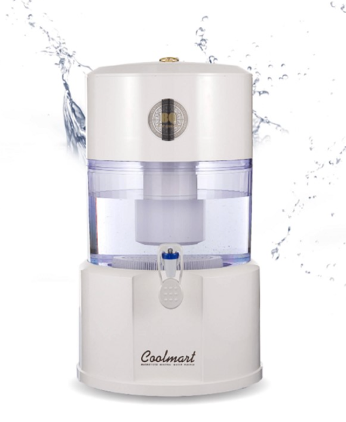
- The Coolmart ceramic filter
- The Coolmart antibacterial basket
This is a mineral cartridge containing coral stones rich in bioavailable minerals and impregnated with colloidal silver.
Coral stone is a highly porous and absorbent rock that is impregnated with colloidal silver.
Colloidal silver is a solution of silver ions and silver particles, which are suspended in an aqueous solution.
This solution acts as a natural antibiotic.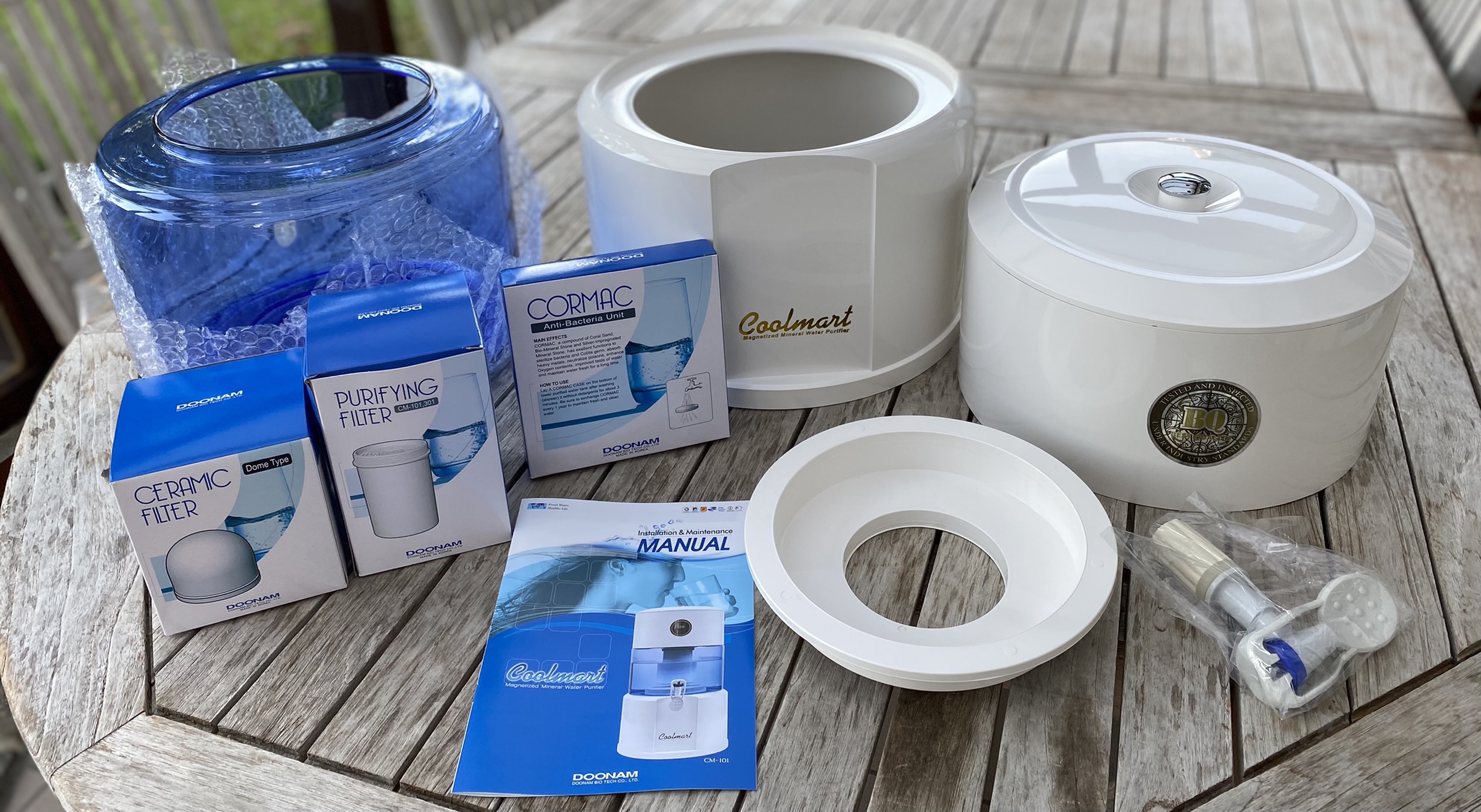
4. Water filters in BRITA water bottles
The filter of filtering BRITA water bottels works like the carafes, however it is not in a white plastic container, it is surrounded by fabric whose weave lets the water through.
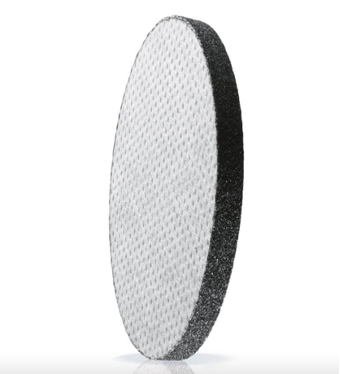
5. The activated charcoal water filter, also called binchotan
The advantage of this filter is that it is self-contained and can therefore fit into any water container; a glass carafe, a stainless steel flask, a glass flask etc. It is a zero waste alternative.
The above alternatives allow you to get good quality water and avoid buying lots of disposable plastic water bottles, but the must-have is the binchotan activated charcoal in bulk.
To understand how binchotan activated charcoal works, please read our article on this subject " how does binchotan activated charcoal purify tap water? » as well as « How is binchotan activated charcoal made? ».
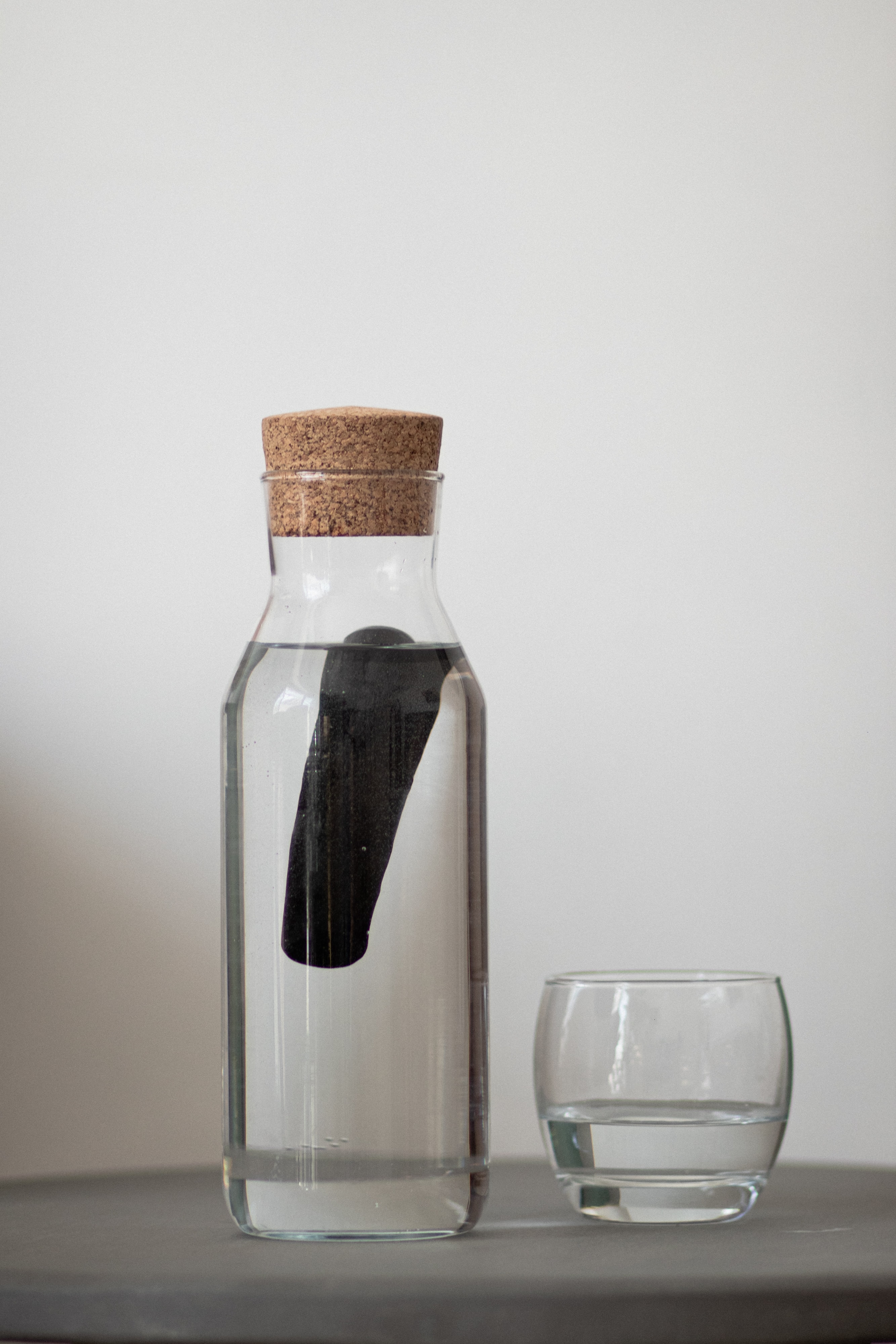
6. The water filter in the form of ceramic beads
Like binchotan activated charcoal, the advantage of ceramic beads is that they are available in bulk and as such zero waste.
They fit everywhere, even in a kettle to prevent limescale build-up.
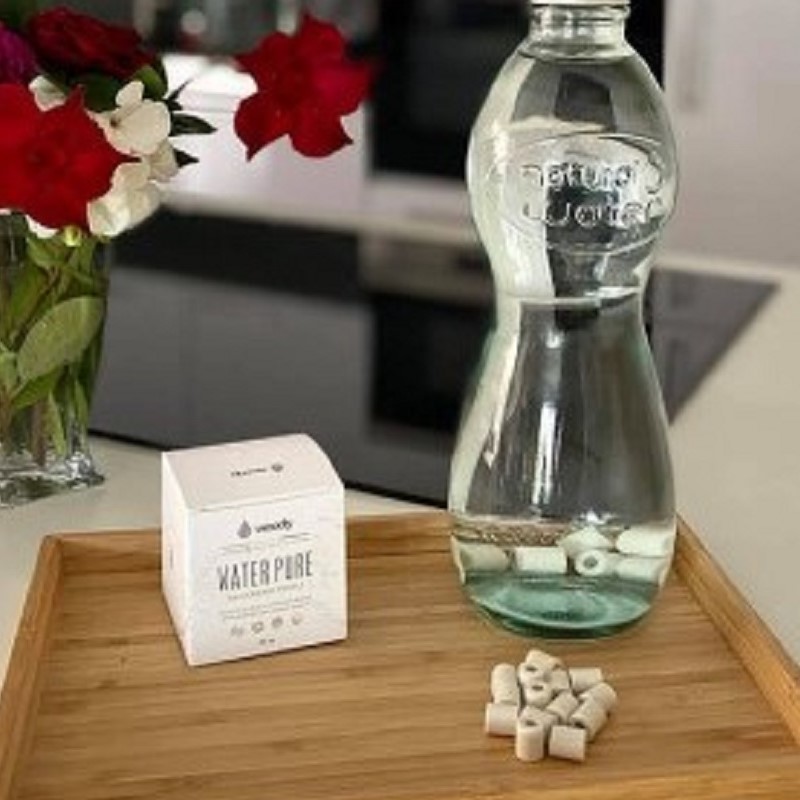
7. Antibacterial and antivirus water filters
This type of filter is also found in the Coolmart water dispenser.
It is the best way to kill all types of pathogens in water. They are small sticks to be inserted into the water and are easy to carry on a hike for example.
To learn more about these methods, please read our blog " how to turn undrinkable water into drinking water? ».
8. Under-sink filters
This type of filter has the advantage of being discreet, provided of course that it can be installed (it takes up space under the sink). It is very easy to use: the tap water is automatically filtered because the filter is connected to the tap water. You only need to change the cartridge(s) regularly.
Most filters of this type are simply charcoal filters. They are therefore effective in removing chlorine and its odour as well as organic matter.
More advanced models have more efficient activated charcoal filters to filter out chemical compounds such as heavy metals, pesticides and drug residues.
In order to remove nitrite and nitrate, metal ions such as aluminium and fluoride, a model with an osmosis unit should be chosen. This ensures the best possible water quality.
9. Water softeners
This type of filter is used to reduce the level of limescale in the tap water. The limescale is present in the form of ions dissolved in the water.
The softener operates in two phases. In the service phase, a synthetic polymer resin captures calcium and magnesium ions from the water in exchange for sodium ions that are released into the water.
When the resin has no more sodium ions, the regeneration phase starts. The reverse exchange takes place: the resin captures sodium ions (provided by the famous softener salt) and returns calcium and magnesium ions which are eliminated towards the discharge.)
Softeners are designed to remove these ions, which form solid whitish deposits on surfaces and clog household appliances and faucet outlets, especially on the hot water side.
They are expensive to install, but they are the most effective system for fighting limescale deposits. However, they are only really useful if the hardness of your water (the lime content) exceeds 8° F. To find out the hardness of your water, check the website of your distributor.
10. Why and how to energise water?
We promised to come back to this. Dynamising water is recommended by many websites and especially by manufacturers and retailers.
.jpg?access_token=43cb0516-10e4-4c28-97e7-c5d9186daa28)
You will read, for example, that water needs to be "re-energised" or "awakened". That the water available in nature, in springs and mountain streams is energised by the vortices of natural random flows, that the water molecules are correctly organised, that positive waves are emitted by this water with a thousand virtues with a very beneficial effect on living organisms and on our bodies in particular.
Distribution through our pipes and long-term storage in bottles would have the effect of "extinguishing" living water. There is also talk of the "bioluminescence of water", which would then contain photons, the energy particles we need so badly.
Unfortunately, or fortunately for you who are reading this, all these claims have no scientific basis and seem to have only one aim, to sell material that is often very expensive.
Scientific studies do exist to highlight the organisation of water molecules on a microscopic (molecular) scale in order to explain molecular exchange phenomena specific to the surfaces of living cells. Theoretical models have simulated the existence of arrangements on a "large scale" (we are talking about 200 molecules here, i.e. an absolutely infinitesimal mass of water) but the life span of such arrangements is estimated at an infinitesimally small time interval: one millionth of a millionth of a second... You read that right!
.jpeg?access_token=4b8349af-ede7-433d-a285-fc34400c4f2a)
So if you were considering the purchase of such a dynamiser, you can now use your savings for other more useful purposes.
More articles on water filtration await you:
- How to filter tap water naturally?
- Why use ceramic beads to purify tap water?
- 5 good reasons to use a BRITA water bottle
- How to recycle BRITA MAXTRA+ cartridges?
- Best filtration techniques for hiking

